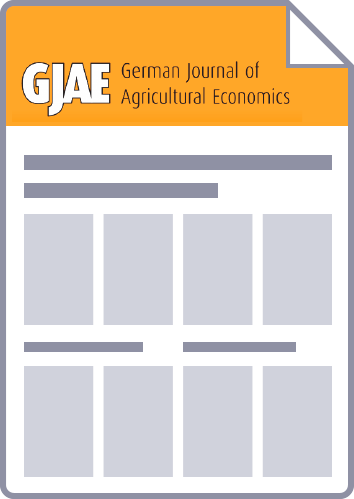The bioeconomy strategy of the European Union aims to balance three distinct goals: food security, the sustainable use of renewable resources for industrial purposes, and environmental protection.
This study uses an integrated computable general equilibrium model to simulate the impacts of selected elements of the EU bioeconomy strategy on German agriculture at national and regional level up to 2050. An improved productivity of the crop sector substantially increases production and export/import ratio of crop outputs and reduces crop prices, while only moderately expanding cropland.
The improved crop productivity would help to reduce the competition for resources between non-food and food biomass use as well as between crop and livestock production. An increasing conversion efficiency of agricultural biomass for use in biorefineries alone is unlikely to have a significant impact on the German bioeconomy.
Overall, the results suggest the need for further efforts to improve crop productivity and effective complementary measures supporting the development of transformative technologies and changes in consumer preferences to ensure a minimum level of biomass use in the chemical sector.


